The best ads don’t stand out.
The goal isn’t to be obnoxious or annoying.
Instead, the best ads match your expectations.
They catch your eye because you were just thinking about the subject.
It seems like the best advertisers are reading your mind.
They have a sixth sense for understanding what you’re looking for. And then they craft the perfect ad to get you to click.
The techniques they use are subtle. But you can steal their genius when you break everything down.
I’m going to walk you through my 9 favorite ad copywriting tips.
You’ll be able to replicate each one when we’re done.
Hopefully, to get the same double-digit results they get, too.
Let’s get started!
1. Target your local customers
Let’s do a quick hypothetical example.
Go ahead and Google a service professional like an accountant or attorney.
Seriously, go ahead and try it.
I promise there is a point to this exercise.
Because I bet you’re going to do one of these two things.
First, you’re going to type in a local query like “New York CPA.”
You won’t even realize that you’re typing in a city or state. It will just naturally happen.
Additionally, you’re going to select someone from the local results that Google already provides. You’re going to be drawn to the people with offices close to where you live.
Think about this for a second.
You need a local plumber. They have to be able to come to your house to fix things.
However, you don’t necessarily need an accountant or attorney in the same city.
They can be anywhere in the state. They can be out of state if they have the necessary knowledge and license for your area.
But you probably still want to hire someone local. You’ll still give preference to the one with the office on that one street you recognize.
People like meeting face to face. Or at least knowing that they have the ability to meet in person.
Those up-close-and-personal meetings always convert the best.
That’s good news for you! You can target local customers first before expanding out to new locations.
For example, your “CPA” or “attorney” query probably brought up something like this:
AdWords allows you to geotarget users within specific locations.
However, you can also edit the ad text copy to include location names. They stand out better that way.
This can include proper names like “Saint Joseph” and nicknames like “St. Joseph.”
Simple, right?
There are three more ways to make this even better.
The first is by including the city name in the URL for different locations. We’ll come back to message match in a few minutes.
The second tip is to include a local area code number to give the appearance of being local.
For example, you can buy local phone numbers and replace toll-free numbers with those local area codes in ads.
And the third tip is to include local jargon that people in the city would immediately recognize.
Here’s one that uses “SanO,” which references San Onofre, CA. That’s a local surfing hot spot.
No one outside of that location would probably recognize the local slang.
However, it’s a dead giveaway to those in the community you’re trying to reach.
You’re local. You belong, and they should trust you.
2. Make your value prop explicit
Your ad text is important to a certain point.
But people are easily distracted.
You’re probably doing something else while trying to read this post right now.
The trick is to laser-focus your ads on what people get versus what it’s going to cost them.
Perfect calls to action use very specific language. They don’t beat around the bush.
Here are two perfect examples.
The first one is saying that you can “Download Competitor Keywords.” The second one is focusing on “120,000,000 keywords.”
And both are also free. That’s always a good value prop to fall back on!
Each one introduces its own competitive advantage that the other can’t claim or match.
Easy, right?
Now, don’t forget to consider the medium.
For example, the ad text is even less important on Facebook. Instead, the image is what catches people’s attention.
People are preconditioned to look at visuals on Facebook.
They’ll scan images and ignore the copy entirely at first.
So your image needs to somehow sell the value by itself.
Check out this image of a beach cottage.
I think that image says almost all it needs to!
There’s some copy around it. But the image is what draws you in and immediately conveys the value.
You definitely want to find out how to “make this beach cottage yours” now.
3. Refine your headlines
AdWords ads are pretty basic when you think about it.
There are only a few characters allowed on each line.
So you don’t have a lot of room to be fancy.
The trick to crafting powerful headlines is by using simple and direct language.
Your only goal with an ad is to get people to click. That means you’re not actually selling anything.
The sales process will start once someone clicks on a link that takes them to your landing page.
So instead of selling, you need to grab attention and set visitor expectations.
For example, MarketingExperiments.com showed that aligning the ad and landing page headlines increase leads by 2.5X.
The ad headline itself wasn’t special. It doesn’t have to be!
However, you can get a little fancy with the new expanded headline format.
For example, you can squeeze in a few extra details about your competitive advantage next to the old keyword, like this:
Then, when consumers get to your landing page, you draw them toward the sale.
So if someone Googled “how to poach eggs,” you can lead them to a magnetic headline like this:
This example uses a cliffhanger-style headline to keep you glued to the page.
The page’s copy can now sell you on the content and CTA.
4. Consider each buying stage when writing ads
Your site visitors aren’t all equal.
Many of them are at different points along their own customer journeys.
For example, some might be looking for information about a problematic topic.
Others might be looking for a tool or solution to fix a problem now.
This nuance will affect how you should create ads and landing pages.
Each visitor is expecting something totally different.
Let’s say you Google “SEO e-book.”
You’re looking for information, obviously. It sounds like you have a problem.
Here are the results you’d see.
I’d bet that you would skip those first two ads and click on the third one.
Why?
Because the first two are talking about SEO services or tools. You’re not ready to pull the trigger on this stuff.
You’re not in that “buying stage” just yet. You’re still looking for introductory information.
The first organic result better matches your expectations.
So the specific keywords people type in Google can let you know which stage they’re in. Here’s what I mean.
Think about the typical marketing funnel.
It’s usually something like this:
- Awareness: These people have a problem.
- Consideration: These people are looking for a solution.
- Decision: These people are ready to purchase.
Here’s an example of how that looks when you layer in search queries:
- Awareness: “Men’s Watches” – You’re just becoming interested in buying a new men’s watch.
- Consideration: “Best Men’s Watches” – You’re now comparing and evaluating your top options.
- Decision: “August Steiner Watches” – You’ve now decided on a specific brand name.
People are already telling you what they want by typing in those specific queries. The trick is that you have to listen to what they’re saying.
5. Specific numbers get consumers to trust you
Check out this classic click-bait headline from Business Insider:
Numbers give you a few advantages over words.
They’re scannable. You can instantly decide what this ad, page, or post is about and if you want to read it.
They promise a shortcut. For example, an article can provide instant gratification by promising to deliver what you want in 7 easy steps.
And they can add credibility to your claims.
Here’s what I mean.
Let’s say you’re in the market for a new cleaning solution. You Google a few options and discover the following Lysol product page.
Notice that they say it kills 99.9% of viruses and bacteria. That’s an odd number, right?
Look at the line next to it, though.
These wipes don’t just kill common cold and flu viruses. It kills “8” of them.
It doesn’t mention which eight. However, the fact that there’s a specific number gives you comfort.
It’s because we’re more easily persuaded by numbers.
That’s why numbers work in everything from your ads to landing pages.
6. Try to match your messages
People have specific expectations when they search for a topic on Google.
The ad you show them provides a promise.
If someone clicks on your ad, and the landing page doesn’t match your promise, the consumer bounces. It’s as simple as that.
Worst of all, the money you spent to get that click was completely wasted.
Here’s an example to show you how this works.
Let’s say you’re searching for “life insurance.”
Here’s an example from AIG that not only gives you “life insurance,” but also specific rates.
Awesome! They’re using specific numbers!
I’m going to click now to show you how this works. Sorry for the extra few bucks, AIG.
Here’s the landing page the ad sends you to:
Perfect match, right?!
The “$14 per month for $250,000” matches what the ad promised. And it references “life insurance” as opposed to other forms of coverage.
Most insurance companies sell all different kinds of products.
But you don’t want all of them. You want life insurance.
If an ad sends you to a random, generic page that didn’t mention “life insurance,” you’d be confused. Or at least frustrated.
You’d wonder if you were in the right place. You’d probably even end up leaving.
The old-school solution for this was to create individual landing pages for each and every keyword.
This took forever if you were targeting lots of different long-tail keywords.
Now, thankfully, you can just use dynamic text replacement.
You can highlight specific text on a landing page and tell it to swap those out based on the search someone performs.
This trick can save you time and increase results. Sounds like a good trade off to me!
7. Create ads and pages for mobile devices
More people are performing more Google searches on their mobile devices than on desktop.
You don’t want a completely separate site for mobile users.
Creating a different site means that you’ll have to go back and update each one when there are changes.
It becomes time-consuming and expensive.
Start by making sure your landing pages are responsive, instead.
If you click on a corner of the page and drag it over, it should collapse like this:
Making your landing pages responsive is just the first step.
Next, you’ll want to add click-to-call numbers to each page.
Think about it. People are browsing on their mobile devices when they’re traveling or otherwise away from home.
These people are looking for directions to nearby businesses.
A click-to-call number gives them the ability to simply hold their finger down to instantly call you.
Best of all, all it takes is a simple line of code that looks like this:
<a href=”tel:5555555555″>Call Us</a>
Last but not least, let’s go back to our ads and customize those for mobile.
You can target mobile users with different ads and options.
Google AdWords allows you to use IF Functions in ads to customize text based on the device consumers use to search.
You can offer a different discount percentage to inspire an impulse buy. Or you can give them a “Free Shipping” notification to get them to buy from you instead of the competition.
The important point is that mobile visitors are different.
They’re often in a different frame of mind. And they’re looking for different information.
Make sure your ads and pages take that into account.
8. Retarget your previous visitors and leads
Unfortunately, not everyone’s going to buy immediately.
They’re going to leave your site without purchasing.
That’s OK as long as you have a plan to bring them back.
Retargeting ads allow you to cookie each user and send them targeted ads when that happens.
Do you remember that funnel from earlier?
Here’s how it would play out with Facebook:
You need to catch people’s attention at the top with interesting content.
We’ve already beat that topic to death here.
The next step is the critical one, though.
You don’t want to just know that someone visited your site.
Ideally, you want to know which pages they viewed.
For example, you can track which individual blog posts they viewed on your site by targeting words in the URL, like “Entrepreneur.”
Now you can send them ads related to “being an entrepreneur,” “entrepreneur challenges,” “entrepreneur tools,” and more.
Those ads are much more likely to catch their attention.
Which means these ads are also more likely to bring them back to your site.
9. Don’t forget about these design ingredients
When you think of “copywriting,” you think of text.
However, copywriting goes back decades.
Old-school ad copywriting also used to apply to placements.
In other words, the specific way that text or headlines look on visual ads.
Leo Burnett was one of the most successful admen of all time. He had a copywriting principle that said, “make it inviting to look at.”
That sounds simple, right? Maybe even obvious.
It’s essential today, though. People are overwhelmed with ads.
Each one needs to have a few basic ingredients if it’s going to work. Here’s a perfect example:
You’ll see the brand name at the top. The same logo is used and repeated, so it’s memorable.
The headline is bold and set against a different background color. That makes it jump off the screen.
Then there’s another contrasting color used for the call to action.
This example is visually appealing.
But more importantly, it subtly uses visual cues and design patterns to hint at what you should do next…
Click!
Conclusion
Creating a successful ad isn’t easy today.
People are overrun with ads each day.
They see more brand messages now than ever before.
The trick isn’t to fight them, though.
Instead, you want to subtly tell them that they’re in the right place.
You want to assure them that you have what they need. And that you can take care of them.
That means creating laser-targeted ads.
Your ads should target the specific words your target consumers type in Google and other search engines. They should match the expectations each user has before they even click.
That messaging should be carried through to the page people eventually see. Landing pages and ads should look like two halves of a whole.
Your ads should even be able to tell if someone’s been to your site before or what device they used so you can retarget them later.
Ad copywriting isn’t about tricking anybody.
You’re not trying to fool them. Instead, you’re trying to get them to click and buy.
What’s the best performing PPC ad you’ve ever run?

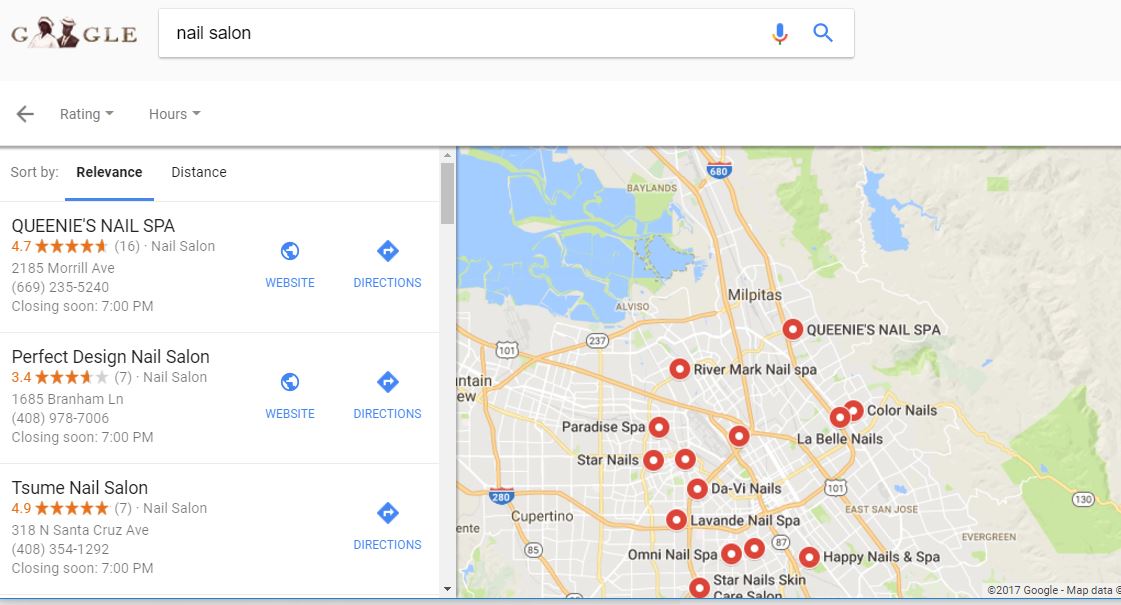



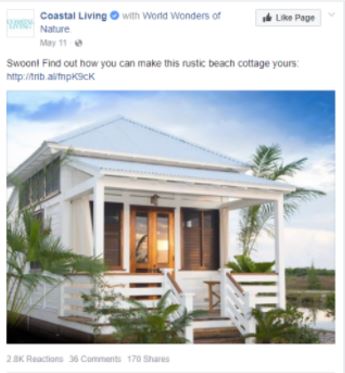


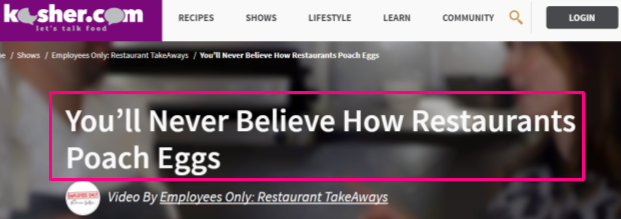

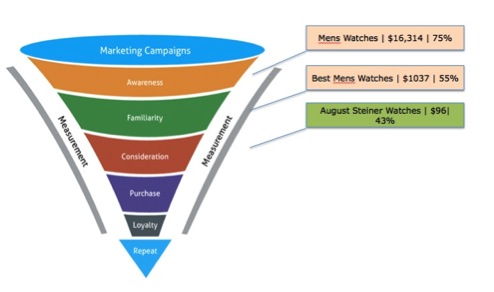




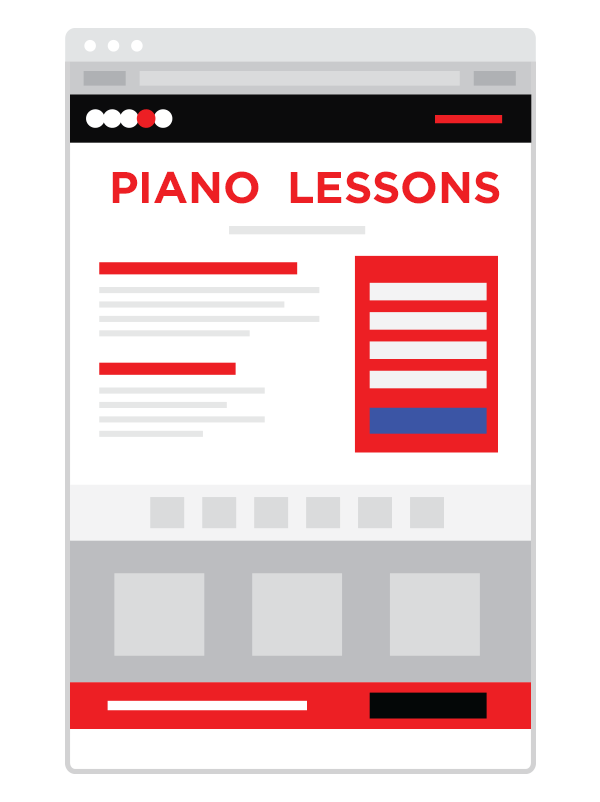
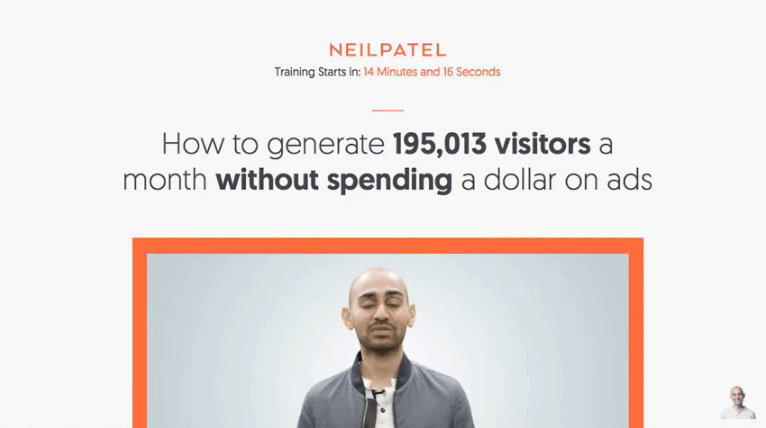
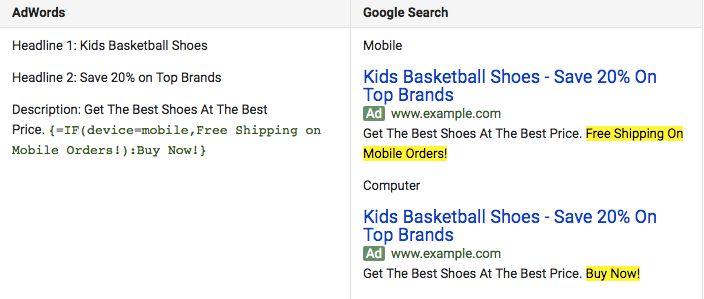
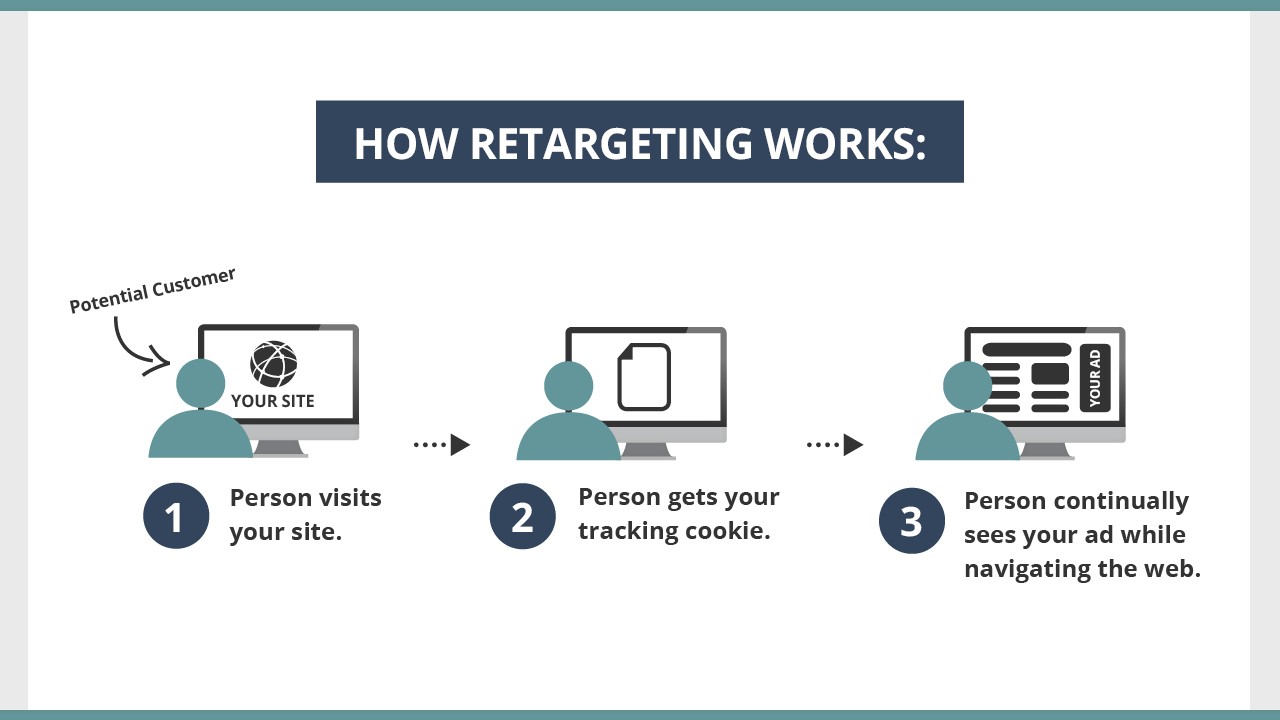
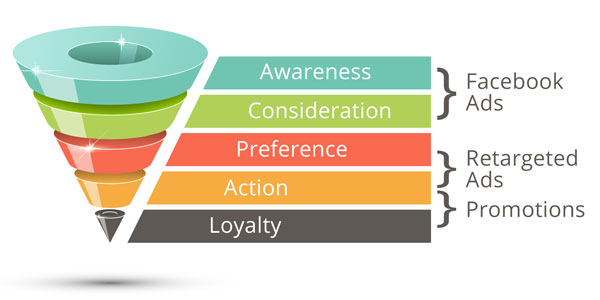

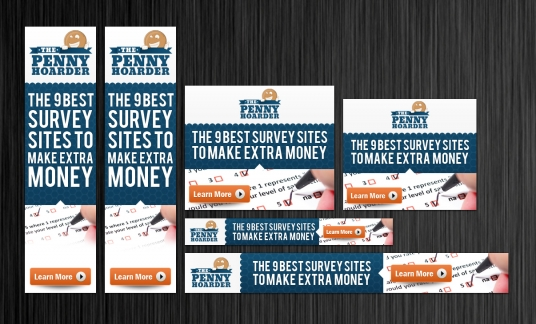
Comments (2)